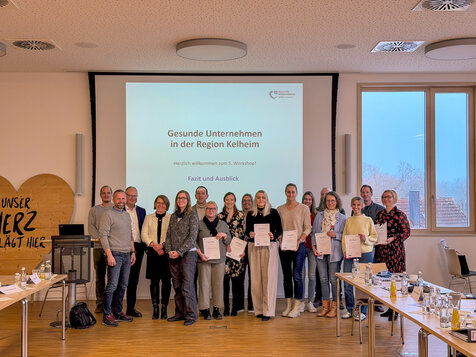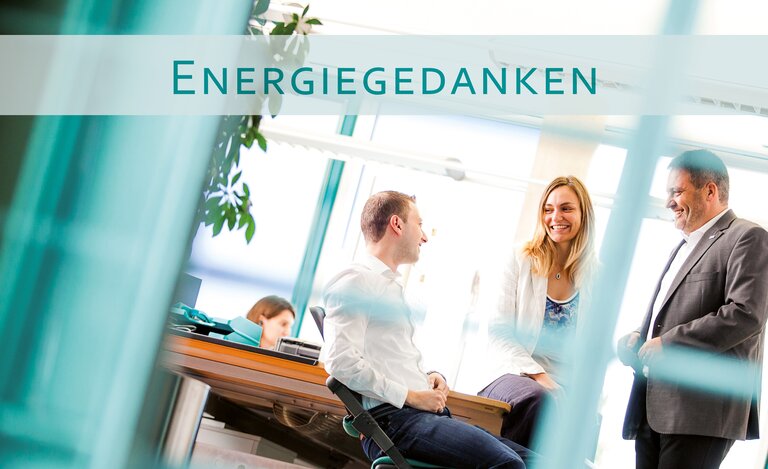Intersolar Europe trade fair: thumbs up - all about storage
This is not only shown by the significant increase in exhibitor and stand space figures. A good 1,100 companies have booked over 77,000 square meters at the Munich exhibition grounds until Friday. Particularly striking is the 40 percent increase compared to the previous year in the EES, the accompanying trade fair for electrical energy storage systems. "One more hall," is how the organizers sum up the upward trend.
Of course, the whole thing was much bigger. But there were also dozens of stands populated by men in black suits and sunglasses - some call them "Expo Real uniforms": a few years ago, the solar scene resembled the gambling scene, the financial jugglers had found a new field of activity. This year, yuppie suits are hard to spot in the halls.
Instead, more and more well-known large corporations are taking over areas that were once mainly occupied by small and medium-sized companies. The stand that feels the most powerful this year is that of Daimler: every self-respecting visitor walks through the halls with a paper bag bearing the Mercedes star and patronizes the Swabian company's solar storage system.
But it's not just the star storage systems that are in vogue. The electricity buffers are no longer only used in private homes. Companies are also taking advantage of the opportunities offered by generating their own electricity.
According to Carsten Körnig from the German Solar Industry Association BSW, German industry has once again taken the lead here. This was once the case in the production of solar systems and components before Asian companies overtook them by investing billions.
The fact that every second homeowner in Germany now combines solar power and storage is not a flash in the pan for BSW Managing Director Körnig, however: he justifies his optimism with the so-called "Tenant Electricity Act (MSG). Thanks to the MSG, which is due to be passed by the Bundestag this summer, tenants will also be able to benefit a little from the now affordable solar power technology and consume PV electricity produced on blocks of apartments in their rented accommodation; the BSW has identified a potential of eleven million households. "We are confident and can expect growing demand for systems and storage systems", especially from the housing industry and municipal utilities "that are entering the solar energy market segment".
And even though the bankruptcy of the well-known Solarworld group has made headlines in recent weeks: "There are still many successful German suppliers, especially in the machine sector and along the entire value chain," says BSW boss Körnig. Which is why he likes to look "beyond the German horizon", where "PV is developing very well. 32% of newly installed power plant capacity, far ahead of fossil fuels" was built with solar modules in 2016. And this is no longer limited to Germany and Europe. "The global market has doubled in the last three years." Whether in China or "more and more countries like India are interested in German technology".
However, as with module and cell production, the mechanical engineering sector could also suffer a setback "if the German government does not release the expansion brake". This is because the Renewable Energy Sources Act (EEG) still stipulates an expansion corridor in Germany. According to Körnig, this will probably no longer be sufficient this year. And the cap is also no longer up to date in order to achieve the climate targets agreed in Paris, according to many associations.In addition, those responsible have identified a second weak point: the number of 100,000 solar thermal (ST) systems per year in Germany would have to be increased "by a factor of three to five": replacing climate-damaging heat generation via oil with ST is the order of the day. Especially as heat contributes far more to final energy consumption than electricity. According to BSW boss Körnig, ST may "not be competitive without subsidies due to low oil prices since 2010. But in the medium term, I also see untapped potential in process, local and district heating," says Carsten Körnig with optimism for the second part of the solar industry.
(Author: Zukunftsenergie-Team Gammel)



